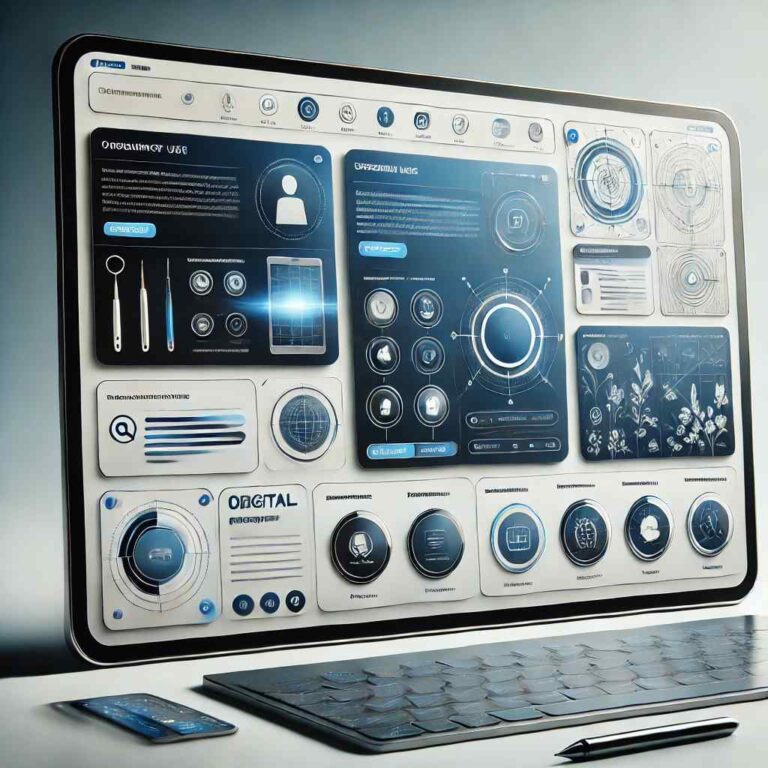core app dashboard
Let’s dive into core app dashboard
Introduction
In the realm of app development, the core app dashboard plays a pivotal role in providing users with a centralized hub to access and manage various features and functionalities of an application. The core app dashboard serves as the primary interface through which users interact with the app, making it a crucial component in ensuring a seamless user experience. This article will delve into the intricacies of the core app dashboard, exploring its significance, key features, and best practices for design and implementation.
Understanding the Core App Dashboard
The core app dashboard serves as a central hub that allows users to access and navigate through different sections and features of an application. It provides users with a bird’s eye view of the app’s functionalities, enabling them to quickly find and access the tools they need. The dashboard typically displays key information, metrics, and shortcuts to commonly used features, making it a convenient and user-friendly interface for app users.
Key Features of a Core App Dashboard
A well-designed core app dashboard should include essential features that enhance user experience and streamline app usage. Some key features to consider when designing a core app dashboard include customizable widgets, data visualization tools, user-specific settings, and quick access to important functions. By incorporating these features, developers can create a dashboard that is both functional and user-friendly.
Best Practices for Designing a Core App Dashboard
When designing a core app dashboard, it is essential to prioritize user experience and usability. To create an effective dashboard, developers should focus on simplicity, clarity, and intuitive design. Utilizing a clean layout, clear navigation, and visually appealing elements can help users easily navigate the dashboard and access the information they need. Additionally, incorporating user feedback and conducting usability testing can help refine the dashboard design and ensure optimal user satisfaction.
Implementing a Core App Dashboard
The process of implementing a core app dashboard involves careful planning, design, and development. Developers must first identify the key features and functionalities that need to be included in the dashboard. They should then create wireframes and prototypes to visualize the layout and design of the dashboard. Once the design is finalized, developers can begin coding and integrating the dashboard into the app, ensuring seamless functionality and performance.
Optimizing the Core App Dashboard for SEO
In addition to providing a user-friendly interface, developers should also consider optimizing the core app dashboard for search engines. By incorporating relevant keywords, meta tags, and structured data, developers can improve the visibility of the dashboard in search engine results. Additionally, ensuring fast loading times, mobile responsiveness, and secure connections can further enhance the SEO performance of the core app dashboard.
Ensuring Accessibility and Inclusivity
When designing a core app dashboard, developers should prioritize accessibility and inclusivity to ensure that all users can effectively interact with the dashboard. This includes implementing features such as alt text for images, keyboard navigation, and color contrast adjustments for users with visual impairments. By making the core app dashboard accessible to all users, developers can create a more inclusive and user-friendly experience.
FAQs
1. What is the primary purpose of a core app dashboard?
The primary purpose of a core app dashboard is to provide users with a centralized hub to access and manage various features and functionalities of an application. It serves as the main interface through which users interact with the app, offering quick access to key tools and information.
2. How can developers enhance the user experience of a core app dashboard?
Developers can enhance the user experience of a core app dashboard by focusing on simplicity, clarity, and intuitive design. By incorporating customizable widgets, data visualization tools, and user-specific settings, developers can create a dashboard that is both functional and user-friendly.
3. What are some best practices for designing a core app dashboard?
Some best practices for designing a core app dashboard include prioritizing user experience, utilizing a clean layout, clear navigation, and visually appealing elements, incorporating user feedback, and conducting usability testing to refine the design.
4. How can developers optimize a core app dashboard for SEO?
Developers can optimize a core app dashboard for SEO by incorporating relevant keywords, meta tags, and structured data, ensuring fast loading times, mobile responsiveness, and secure connections, and improving the visibility of the dashboard in search engine results.
5. Why is accessibility important when designing a core app dashboard?
Accessibility is important when designing a core app dashboard to ensure that all users, including those with disabilities, can effectively interact with the dashboard. By implementing features such as alt text for images, keyboard navigation, and color contrast adjustments, developers can create a more inclusive user experience.
6. What are some common challenges faced when implementing a core app dashboard?
Some common challenges faced when implementing a core app dashboard include identifying key features and functionalities, creating a user-friendly design, optimizing performance and responsiveness, and ensuring compatibility across different devices and platforms.
7. How can developers measure the success of a core app dashboard?
Developers can measure the success of a core app dashboard by tracking key metrics such as user engagement, retention rates, click-through rates, and user feedback. By analyzing these metrics,
related terms: core app dashboard





